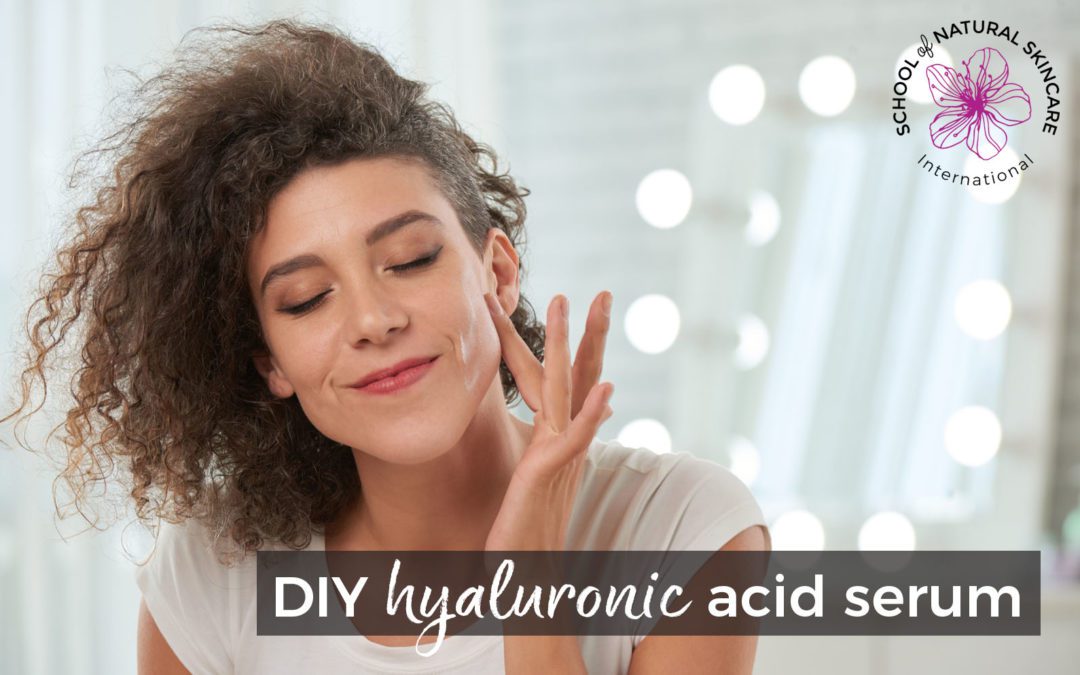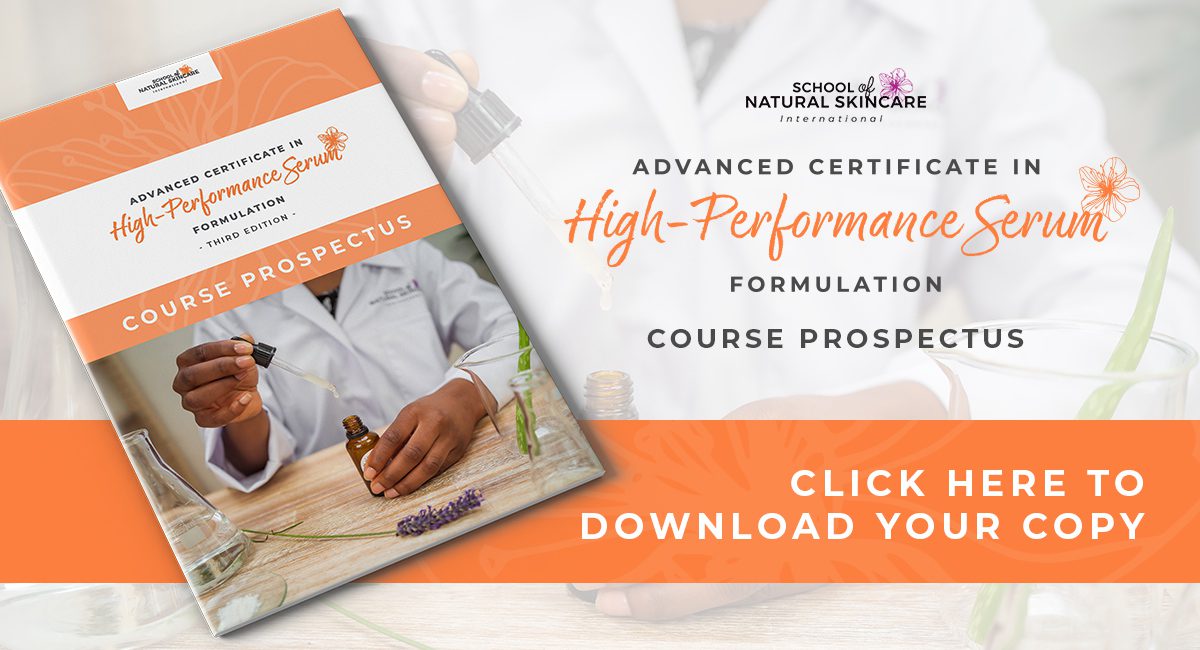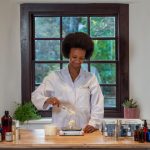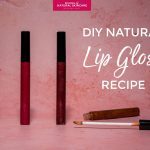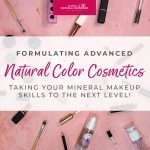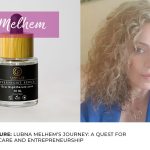Can you create a DIY hyaluronic acid serum that is as sophisticated as those sold by top brands? You certainly can!
While other DIY hyaluronic acid serum recipes you may find online are in gel bases, this formulation is in an emulsion base instead, meaning you can pack your products with beautiful oils and oil-soluble botanical extracts and vitamins as well as including water soluble ones.
What is hyaluronic acid and why should I include it in my serum formula?
Sodium hyaluronate (often referred to as hyaluronic acid) is the sodium salt of hyaluronic acid, a naturally occurring polysaccharide found in connective tissues such as cartilage as well as the skin. It presents itself in the body wherever moisture is stored or lubrication between layers of tissue is required to eliminate friction.
Present in very ample amounts from birth it unfortunately declines as we all age, and it declines at faster rate for some due to extrinsic aging factors.
Traditionally, hyaluronic acid for skincare use was extracted from rooster combs, but nowadays it is produced with the help of microorganisms. Plant sourced starches and sugars are fermented with special bacterial strains to transform the sugars into hyaluronic acid.
It can be bought in a powder form or a ready-mixed gel.
Read all about what hyaluronic acid is and how you can use it in natural skincare here.
The benefits of formulating serums with hyaluronic acid
This high-end cosmeceutical is very effective for its moisturizing and skin-plumping qualities. It helps to attract and retain moisture in the upper layers of the epidermis.
It is a humectant which means it attracts water and binds it to the skin, helping to keep it hydrated and moisturized. It is the highest humectant we know of, absorbing between 600-1000 times its own weight.
It imparts these benefits:
- Hydrating and moisturizing.
- Smooths and softens the skin.
- Gives skin a plumper look.
- Improves the appearance of wrinkles.
- Aids tissue regeneration and wound healing.
You can read all about why serums are good for your skin here.
Uses of hyaluronic acid
Hyaluronic acid in skincare products has several main uses; as a humectant, an anti-aging ingredient and in wound healing.
There a lot of interest in using hyaluronic acid to prevent the effects and signs of aging. It is found in many moisturizers and serums and it has become a beauty buzz word and ingredient in recent years.
Hyaluronic acid is also used for tissue regeneration and healing wounds and many scientific studies have proven its effectiveness. For more information on its role in wound healing this article may be useful.
How to use hyaluronic acid in your formulations
Sodium hyaluronate is the INCI name and is usually presented in a fine white powder form that is water soluble (only works in formulations that contain water).
You can use hyaluronic acid in many products for the face and body including creams and lotions, eye creams and serums.
DIY hyaluronic acid serum recipe
Oil phase
5% Xyliance emulsifier (cetearyl wheat straw glycosides, cetearyl alcohol)
6% buriti oil
5% shea butter
2% rosehip oil
Water phase
76.2% frankincense hydrosol
4% Cucumber extract (in glycerin)
Cooling phase
0.1% Vitamin E
1% Preservative Eco (benzyl alcohol, salicylic acid, glycerine, sorbic acid)
0.5% hyaluronic acid powder
0.2% frankincense essential oil
Directions
- Weigh your oil phase ingredients (the Xyliance emulsifier, buriti oil, shea butter and roeship oil) into a bowl or beaker.
- Weigh your water phase ingredients (the hydrosol and cucumber extract) into a second bowl or beaker.
- Create a bain-marie or water bath and heat both beakers until they reach 70 degrees C. If you want to use the “heat and hold” method you can read about that here.
- Once both phases reach the same temperature remove them from the heat and slowly pour the water phase into the melted oil phase stirring at the same time with a manual hand whisk. Do this for about 3 minutes until the mix whitens and homogenizes as it cools.
- Whilst it is cooling add the hyaluronic acid powder (note this could also be added to the water phase).
- Once cool, add the preservative, Vitamin E, and essential oil and stir thoroughly.
Quick guide to formulating with Vitamin C
Ready to start supercharging your skincare formulations with high-performance ingredients?
Sign up to our weekly newsletter and receive your free guide and Vitamin C antioxidant serum formula today. - an exclusive gift from us!
In our quick guide to formulating with Vitamin C you'll learn:
- What is Vitamin C?
- What are the benefits of Vitamin C?
- What type of cosmetic is it suitable for
- Stable forms of Vitamin C and how to use them.
Plus we’ll share with you a Vitamin C antioxidant serum formula you can make yourself!
You'll also discover the amazing benefits Vitamin C offers for the skin:

